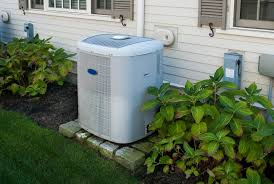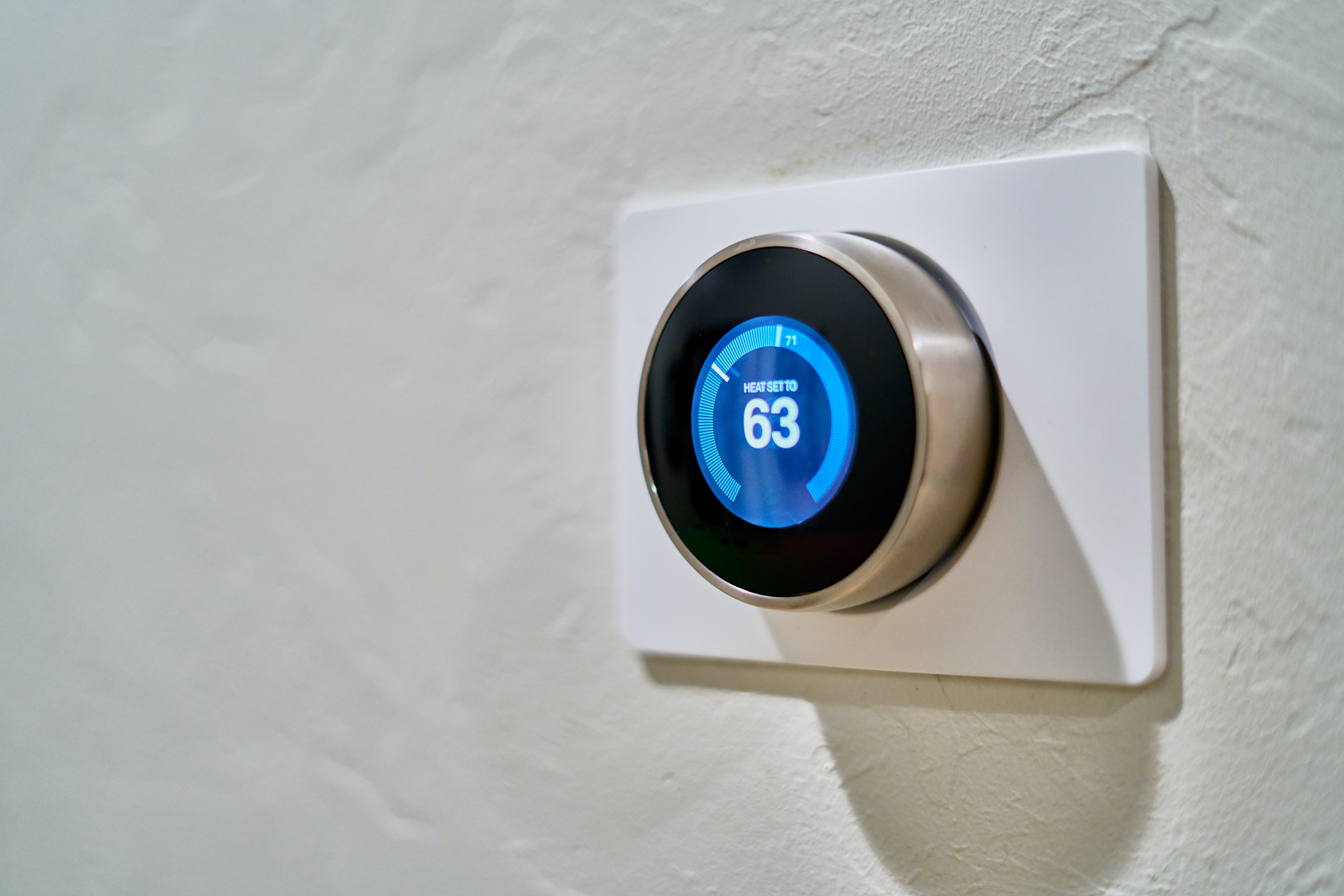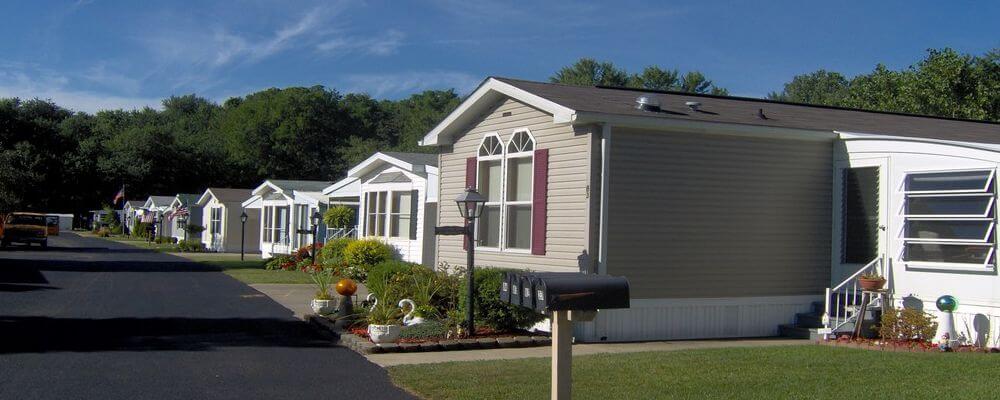5 Surprising Ways a Manufactured Home Can Lower Your Carbon Footprint
What if we told you that you could live a more climate-conscious lifestyle by owning a manufactured home?
Climate change has made Americans more energy-conscious in recent years. Increasingly, many are wondering how to lower their carbon footprint, whether it’s by making small lifestyle changes or doing so in bigger ways.
When it comes to manufactured homes, their energy efficiency is stronger than ever in 2022 thanks to new industry developments and consumer trends. This means that, as a homeowner, you can become more environmentally friendly while buying a home at the same time.
What makes manufactured homes so climate friendly, you might ask? Here are just a few aspects:
Factory-Built Process
First, it’s important to go over the process of how a manufactured home is built.
Unlike site-built or stick-built homes, which are constructed on top of the home site, manufactured homes are built in a factory and then transported and sited onto a foundation. This difference might seem slight – after all, you’re still living in a home on a piece of land – but the reality is that this has a massive impact on the energy cost of building a home.
Less Waste
When you build a manufactured home in a factory, you use far less materials and resources compared to a construction site. This is because the factory-built process is so precise that there are very little excess materials thrown out afterwards.
There are weather considerations that come into play, too. If materials get wet on a construction site, many of them can’t be used. But, you don’t have to worry about that when it comes to an indoor factory.
This also extends to labor. You can’t always count on building a site-built home in the pouring rain, but indoors in a factory? No problem.
Made to Order
One major reason for this is because of customized manufactured homes that offer specialized luxury features, such as custom countertops and varied floor plans with alternate bedroom and kitchen arrangements.
Even if a mobile home isn’t customized, they’re often built to order whenever orders come in from homeowners or communities. This greatly reduces the problem of excess resources being spent on homes that don’t sell, or aren’t sited.
When a customer orders a customized manufactured home, a manufacturer doesn’t simply ship them a home that’s been sitting in a factory. The home is built from start to finish, exactly how the customer specified it.
All of these considerations when building a manufactured home means that you can become a more climate-conscious homeowner by owning a home that’s factory-built.
There are, of course, other ways to reduce your carbon footprint in your day to day life as a manufactured homeowner. Here are just a few things to keep in mind:
The Foundation Plays a Role, Too!
There are a number of different types of mobile home foundation out there, with the pier-and-beam the most common type you’ll find.
There are multiple parts to a mobile home that help protect the foundation from the elements. Not only does this keep the home free from damage, but they help with energy efficiency as well.
The skirting around a mobile home is perhaps the best example of this. By protecting the space underneath a mobile home from wind and moisture, you don’t have to worry about wasted energy when heating or cooling your home. The skirting acts as yet another form of insulation for your mobile home, saving you money in the long-run!
You can read more here about mobile home skirting and its benefits.
Innovations in Insulation
New developments in the manufactured housing construction process have helped make them more insulated – and therefore, more energy efficient – over the past several years.
Windows are one such area that have seen new innovations. Manufacturers of windows for mobile homes have increasingly turned to a new building process that utilizes gasses between panes of glass that lead to improved heat retention. This means that, as a manufactured homeowner, you’ll have more energy savings in the long-run with these new types of windows.
Between this, ongoing developments with insulation found in new and improved construction methods, and new furnace regulations for manufactured homes, every aspect of the manufactured housing building process is becoming even more energy efficient.
Smart Thermostats
Once we move inside the home, we’ll see another feature that’s become a standard in modern manufactured homes: smart thermostats.
These new thermostats can automatically regulate the temperature in a manufactured home to save energy costs over time. For example, it’ll know not to blast the heat at 3 AM when no one is awake, and save A/C in the summertime for the hottest part of the day.
And, modern smart thermostats can connect with other smart devices in your mobile home so that you can control the temperature of your home no matter where you are. If you’re out to dinner and want to cool down the house before you get back home, it’s just a few taps away.
Smart thermostats are proven to have long-term energy savings benefits, and you’ll be able to see that with a manufactured home that has a smart thermostat built-in. These are one of the easiest, yet most effective ways to be more energy-conscious for both the planet and your wallet.
As you’re considering energy savings with the oncoming winter, it’s important to remember that manufactured homes, in 2022, are incredibly energy efficient. Looking forward, the developments that have gotten manufactured housing to high energy-efficiency will only keep going as new homes and new appliances are made.
If you’re looking for a factory-built home near you, head over to MHVillage, the nation’s leading platform for buying, selling, and renting manufactured homes. Many homes offer a variety of photos so you can see for yourself whether your dream home has that energy-saving smart thermostat, too!









